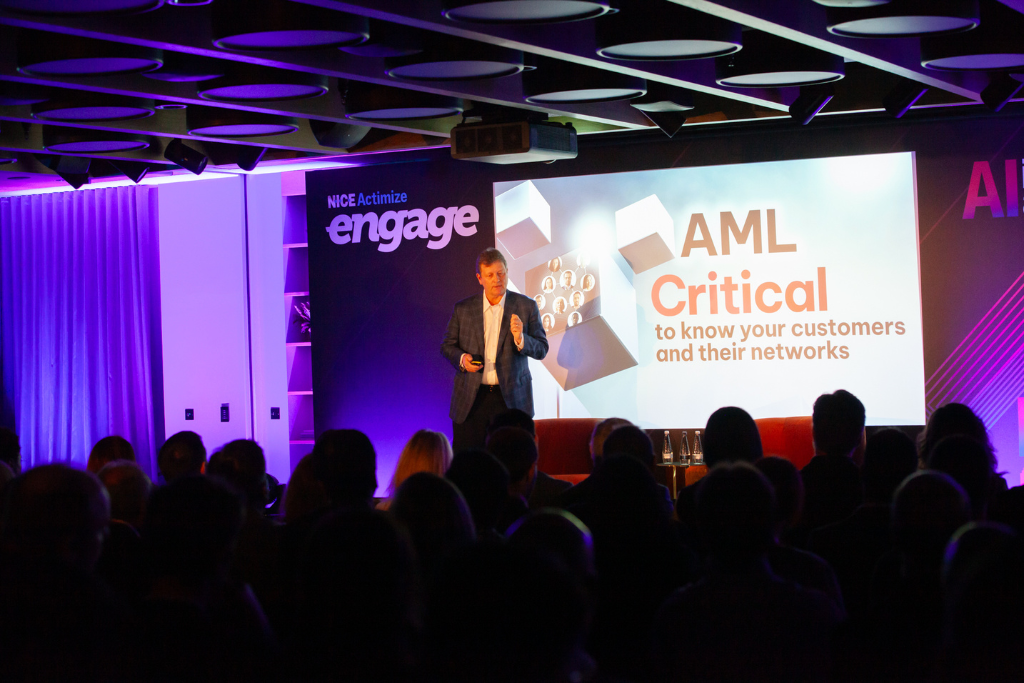
In today’s fast-paced business environment, a well-executed strategy launch can set the tone for an organization’s future. Whether you’re unveiling a new corporate direction, launching a product line, or sharing a fresh company vision, your event needs to captivate your audience, inspire action, and communicate key messages clearly.
As a global events agency, we’ve helped numerous businesses execute successful strategy launches. From high-profile corporate unveilings to intimate leadership summits, we understand what it takes to create an event that leaves a lasting impression.
1. Start with Clear Objectives
The foundation of a successful strategy launch are clear goals. What are you trying to achieve? Is your focus on communicating new business strategies, boosting employee morale, or building investor confidence?
Whether it’s setting the agenda, choosing the right speakers, or selecting an appropriate venue, your objectives should inform every decision.
2. Understand Your Audience
Tailoring your message to your audience is essential. A global events agency understands the diverse backgrounds of stakeholders, from executives and board members to frontline employees and key clients. Make sure your messaging is always formulated in a way that your key audience will easily understand and remember. For example:
Internal Strategy Launches: Focus on engaging and inspiring your team. They need to understand their role in executing your new strategy. Use language prompts that build a sense of community and shared responsibility.
External Strategy Launches: If your audience includes media, investors, and customers, the messaging needs to highlight potential growth, innovation, and value creation. In your messaging, focus on a more top-level image leaving out unnecessary technical terms.
We always advise clients to segment their audience and craft targeted communications that resonate on a personal level. Customization is key to audience engagement.
3. Choose the Right Format
The event format will depend on the nature of your strategy launch and the audience. Some common formats include:
Company-Wide Meetings: Ideal for internal audiences, these allow employees to interact with leadership.
Press Conferences: Perfect for media-focused events where the goal is public dissemination of information.
Virtual or Hybrid Events: With the rise of remote working and international teams, hybrid and virtual events have become a necessity. They allow you to engage audiences across the globe without geographic limitations.

4. Leverage Cutting-Edge Technology
Technology can make all the difference. From driving engagement, through break-time activations, to elevating content presentation, you should be considering new ways to deliver your key messaging to your audience. Here are a few examples of what you can use:
– Augmented and Virtual Reality (AR/VR): Immerse your participants in your content through mobile-accessible AR, or let them step into a new world with VR. Asking attendees to engage with your content, for example by using their phone, will make them feel like they are a part of the experience.
– Interactive Apps: Allow attendees to engage with the content, speakers, and one another through tailor-made apps. This will also give you a new pool of attendee data to build your post-event reporting.
– Live Polls and Q&A Sessions: Let your attendees voice their opinion and give you valuable feedback. Are you launching a contentious strategy? Find out what your stakeholders really think.
Latest event technologies enhance the attendee experience, keep your audience engaged, and bring your strategic messages to life.
5. Create an Immersive Brand Experience
A strategy launch should be a true reflection of your company’s brand. From the moment guests receive an invitation to the event’s closing remarks, every detail should align with your organization’s ethos.
The venue, décor, digital assets, and even entertainment can be tailored to echo the brand’s identity. Use your brand colors, messaging, and tone throughout to ensure the event feels cohesive and memorable.
As a global events agency, we emphasize that consistency is crucial for building credibility. Every touchpoint must reflect the strategy and values of your company, reinforcing trust and confidence among stakeholders. When creating experiences, we always ask our clients to circle back to their aims for the event and answer how every activation and design choice contributes to achieving them.
6. Engage Key Stakeholders
For a strategy launch to have a meaningful impact, involving the right stakeholders is essential. Senior executives, department heads, and key opinion leaders (KOLs) can act as champions of the new direction.
To get their buy-in, tap into who they might look up to. Including well-respected thought leaders, industry experts, or senior executives on the speaker roster helps reinforce credibility and authority. Equally, vary your session formats, integrating interviews and panel discussions, to delve into the specifics of your new strategy.

7. Focus on Content Creation and Storytelling
The content you present is the heart of your strategy launch. It needs to be informative, engaging, and inspiring.
- Tell a Story: Frame your strategy as a narrative, emphasizing where the company has been, where it is now, and where it’s going.
- Use High-Quality Visuals: People retain information better when it’s paired with visuals. Infographics, videos, and slides can be powerful tools for conveying complex messages. While they might involve a slightly bigger investment, the pay-off is considerable.
- Keep It Simple: While it’s important to provide details, don’t overwhelm your audience with jargon. Keep messaging clear and actionable.
Creating content that drives your strategic messaging through powerful story-telling and visuals is something we do a lot of at Pure!
8. Follow Up and Measure Success
A successful strategy launch doesn’t end when the event does. Post-event follow-up is essential for reinforcing your message.
- Send Recap Materials: Firstly, make sure you share event highlights, key takeaways, and next steps with attendees. We recommend creating staggered post-event comms, with an immediate follow-up and later reminders with extra content snippets.
- Gather Feedback: Use surveys or live polls to gauge how well your audience understood and embraced the strategy.
- Measure ROI: Whether you’re tracking employee engagement or media mentions, having the right metrics in place helps assess the event’s success and areas for improvement.
9. Partner with an Events Agency for
Flawless Execution
Though, we might be slightly biased on this, we do recommend partnering with an event agency to execute your strategy launches. Presenting a new strategy is a high-stakes event that requires precision planning, flawless execution, and creative flair. Agencies bring a wealth of knowledge and a fresh perspective that can help guide your planning and ease the pressure on your events team.
As a global events agency, Pure brings unparalleled expertise in logistics, creative production, and audience engagement that help our clients deliver impactful strategy launches. Our global network, experience with diverse audiences, and use of cutting-edge technology ensures that your strategy launch not only meets but exceeds expectations.
Have a look at our strategy launch events:
Ready to make your next strategy launch a success?
Contact us today and let’s start planning!
get to know us
| Posted by | debie_purecomms |
|---|---|
| Categories | Blogs and Articles |



